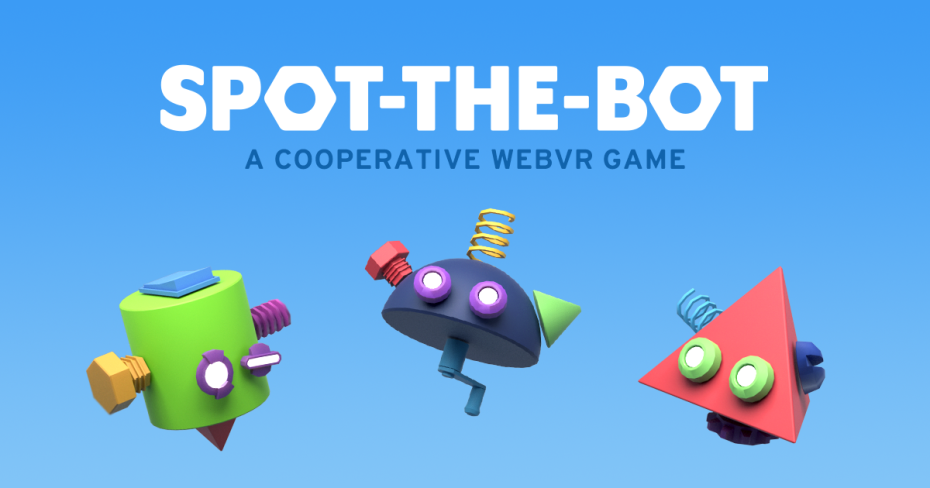
I like to encourage an iterative approach to designing immersive games, which happens if developers and studios simply afford themselves the space and opportunity to experiment in order to discover how their concept can be designed with effective hooks that get players to play repeatedly.
Earlier this month I published an article that positioned WebVR gaming as the sweet spot the VR industry should be prioritizing. I then followed up to criticize the knee-jerk approach many developers and studios automatically take when building games and content with high fidelity as the central frame.
WebVR, of course, I held up high as the “oppressed” lingua franca of VR!
Let’s take a closer look at the iterative approach taken by three pioneering studios that developed the first generation of WebVR games. Each of these three cases were originally showcased on Google’s WebVR Experiments when it debuted back in April.
First up is Mr Nom Nom by Zurich-based Etter Studio, where the player transforms into a donut tasked with wrapping its ‘fashionable’ scarf around very hungry characters, trapping them by completing a circle around them. It was developed by a team of six people working across three countries: Switzerland, Germany, and Hong Kong.
Christian Etter, the studio’s founder and game director for Mr Nom Nom, described the iterative process to building it:
“We had some interesting prototypes, a system which allows to modularly build very basic geometrical characters and then the system would animate the characters generatively.
Which worked incredibly well since the animation was much better and smarter than if it would have been done manually. Out of this prototype we slowly built the game, taking many different directions.”
It’s telling to point out that Etter was quite the VR skeptic prior to his studio’s foray into WebVR.
“Previously I have been quite critical of VR, because of the expensive and heavy hardware requirements and therefore thought it’s only for a small group of well-off tech enthusiasts. And frankly, VR didn’t appear very useful other than for things such as flight simulators. But by enabling WebVR via the browser would bring VR seamlessly to a large audience — it seemed like a good idea to make it more accessible and hence we wanted to push in this direction too and were curious to experiment with this new standard.” Etter told me.
Next up is Spot-the-Bot by U.S.-based Hook Studios,…
The post Why iteration is the key to great WebVR games appeared first on FeedBox.